Yes, storing a motorcycle outside is possible if done right. But is braving the elements a total disaster? Not necessarily!
We’ll break down the pros and cons to help you decide what’s best for your bike. From winterizing essentials to the consequences of improper storage, this guide will get you prepped to roll come spring.
Some of the links in this post are affiliate links, meaning we may get a small commission when you purchase through our links, at no extra cost to you. It helps us covering the expenses of keeping this site free for you. Thank you for your support!
Potential Motorbike Issues from Improper Storage
Improperly storing a motorbike during winter can lead to a myriad of issues, turning a dormant period into a maintenance nightmare. From fuel system problems and battery deterioration to tire damage and rust formation, neglecting essential storage steps can have lasting consequences.
Understanding the potential pitfalls of improper storage is crucial for maintaining a motorcycle’s longevity and optimal functionality.
a. Fluid Problems
If we don’t prepare the fluids right before storing, they can get bad over winter. That little bit of water sneaking in can cause all kinds of gunk and corrosion.
Carb jets, fuel pumps, you name it – they’ll all be junk come spring. And the coolant will also go bad.
b. Gaskets and Seals
All those rubber gaskets and seals holding in the fluids can dry out and crack too if we don’t protect them.
Not to mention leaving old oil in. That stuff will also wear the seals and gaskets out over the months.
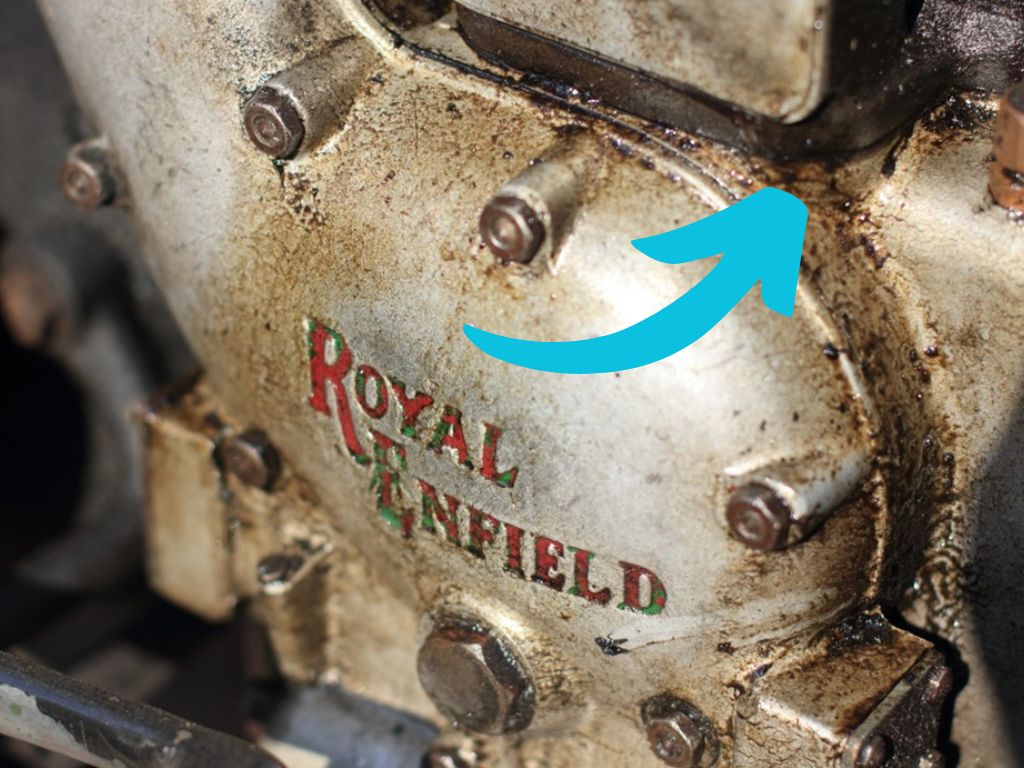
c. Tires Take a Beating
Tires also wear out because of improper storage. Leaving them parked one spot all winter puts dents and flat spots in no time.
Sometimes, tires get so damaged that they may never hold air again.
d. Drivetrain Disaster
Probably the worst part to ignore is that drivetrain. All the metal bits left out naked in the weather will surely collect rust.
Next thing you know, seized pistons and holes in the cases. Not to mention driveshafts and gears grinding away.
e. Moisture Issues
The main problem with improper storage is all the moisture that sneaks in when things aren’t sealed up tight. All it takes is a few little droplets to wreak havoc over months of freeze-thaw cycles. That water gets into everything!
Fluids get diluted and gunked up. Rubber starts cracking as it dries out. And metal? One patch of surface rust is all it takes before covering the whole surface.
f. Shocks and Sags
Suspension components can take a hit too from sitting idle. All that weight compresses springs and wears bushings over time. Next thing you know, forks are spongy and shocks leak like sieves.
Saddles and seats collect grime too. Mice and mold love feasting on dirty foam left outdoors all winter.
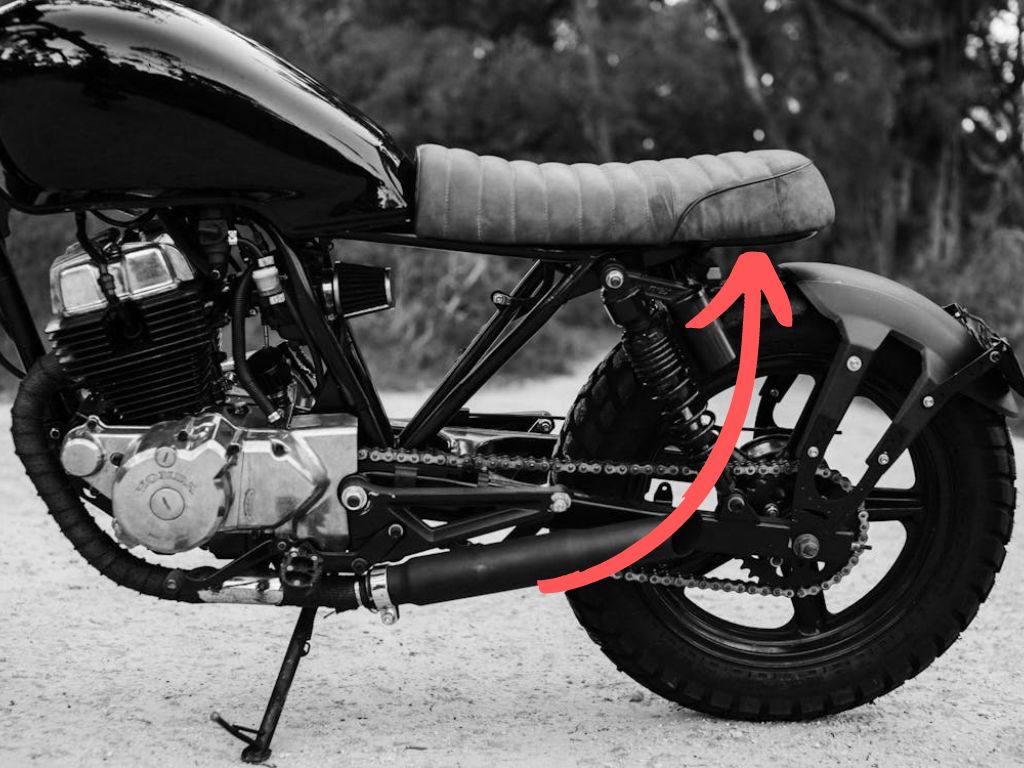
g. Bugs, Birds, Bats…Oh My!
Speaking of critters, leaving any areas exposed is just asking for them . Air boxes, intake boots, you name it – they’ll shred it for nests.
And don’t even get me started on what squirrels do to wiring! Battery cables become chew toys real fast.
Can I Leave My Motorcycle Outside in the Winter?
The short answer is yes, it’s possible…if done correctly. A lot of riders don’t have garages, so outdoor storage is the only choice. But it takes some work to make sure the bike is protected.
The key things are prepping the fluids, covering up, and maybe adding a small roof or shelter if you can. Draining the gas and stabilizing is smart too. Batteries don’t love freezing temps, so maybe bring those inside if you’re worried. As long as there’s no place for water to get in, the bike should fare just fine in the elements.
We’ve seen guys use simple DIY shelters like wooden frames with a tarp – stuff like that goes a long way compared to just a bike cover flapping around.
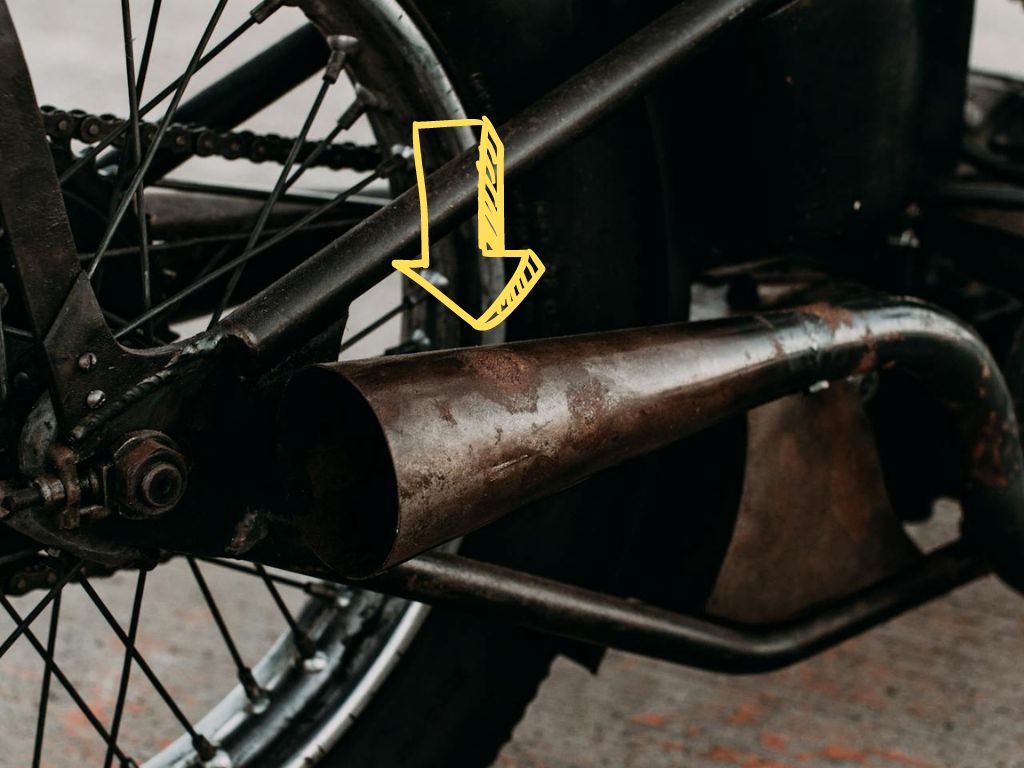
If those bases are covered with the right preventative measures, absolutely she can tough it out outside. It’s not ideal compared to an insulated garage, but doable with common sense storage practices. Just check on her a few times to ensure all’s well under the wraps.
How to Prepare the Motorcycle for Winter Storage
Properly storing a motorcycle involves safeguarding it against the harsh elements and potential issues that can arise during the cold months.
Let’s explore key steps and tips to protect your motorcycle during its winter hibernation and guarantee a trouble-free riding experience in the seasons to come.
1. Change the Oil
This first step is really important – we want to change that old, used-up motor oil before storing our bike for the winter. Leaving it in there can cause corrosion over time.
Let’s drain it out and refill with fresh oil. Don’t forget to also top up any other fluids like brake fluid or coolant too. Can’t leave those reservoirs half empty!
2. Top Off Other Fluids
Speaking of fluids, we’ll want to fill her up in any other areas that tend to collect moisture. That means topping off the gas tank too after adding some fuel stabilizer.
Check radiator fluid, brake lines – anything holding liquid. Cover all bases.
3. Store the Battery Properly
You need to transfer the battery inside your home or garage where it’s dry and warm.
But a battery tender works great too if you wanna keep it on the bike. It provides the battery enough charge to prevent it depleting completely.
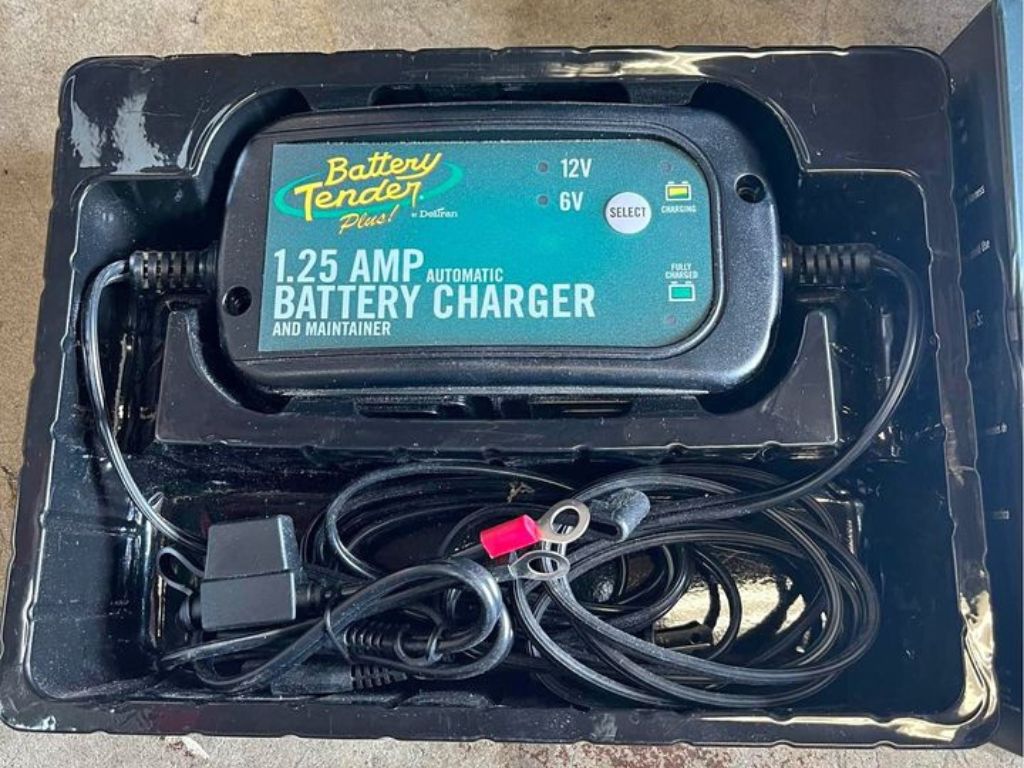
4. Add Fuel Stabilizer
You don’t want that gas you just put in the fuel tank turning bad before the season’s over. Stabilizer to the rescue – just follow instructions to dose it right then run the engine a bit so it circulates.
Adding it will ensure that you don’t need to clean carb jets or change clogged filters.
5. Keeping Tires Tip Top
You want to make sure those tires last through the winter too. Over-inflating them a bit can help prevent flats spots from sitting. I like to use tire pumps rated for motorcycle tires – they get the job done right.
You can also elevate the wheels off the ground if possible. I’ve used those plastic milk crates before in a pinch. The center stand works great too.
6. Give a Final Check
As a last step, do one final check that everything’s topped off. Fluids, battery, you name it. Maybe even prepare a maintenance checklist for next spring so nothing gets forgotten.
Now’s also a good time to inspect things carefully. Take a close look at wires, hoses, and any other components that see wear and tear.
7. Security Solutions
Last but not least, security. You’ll want some kind of cover and maybe even a lock to keep unwanted visitors away over the long months. Covers come in all price ranges – just get one rated for your climate.
As for locks, there are disc/rim types that can’t be removed without the key. Alarms too. Peace of mind is worth it for times away.
Additional Tips for Winter Motorcycle Outside Storage
Maximizing the effectiveness of winter motorcycle storage involves more than the basics. Outdoor storage presents unique challenges, demanding additional precautions to shield your bike from the elements.
Implementing these supplementary measures ensures added defense against snow, ice, and cold temperatures, maintaining your motorcycle’s condition throughout the winter freeze.
i. Start the Bike Periodically
Start the bike every few weeks if possible, just to circulate fresh oil and keep things loose. Let it get fully warmed up too – don’t shortchange the warm up time.
An idling engine ain’t the same as one at operating temperature. It helps blow out moisture and keep tabs on any small issues before the season.
ii. Consider Tire Stands or Center Stand
Speaking of heat, elevating those tires is crucial. Tire stands or the center stand do the trick. I even know guys that use old tire rims or wood blocks.
Anything to prevent flat spots and cracking from the long term weight. It saves suspension and bearings from getting damaged.
iii. Apply WD-40 or Similar Chemical
While we’re at it, cover up any exposed metal with a good coat of grease or corrosion. Brake calipers, suspension bits, you name it.
WD-40 Original Formula with Smart Straw Sprays 2 Ways

iv. Rat-Proofing
Storing outdoors means critter prevention too. Stuff exhausts and intakes tight with a rag since rodents love making nests there.
I also like to throw a dryer sheet or two inside saddles and compartments – most animals can’t stand the smell.
v. Removal and Relocation
For extra protection, consider removing any removable parts and storing them inside over winter. Things like saddlebags, windscreens, mirrors – anything that could get cracked or brittle outside. Batteries too if you’re not on a tender.
I’ve also known folks to rent a small storage unit just for their bikes over the colder months. Might be an option if you’re really worried about hail or other damage.
vi. Inspect and Inventory
While you’ve got everything apart, do a full inspection and stock up on any parts you may need come spring. Belts, brake pads, bulbs, etc.
It’s nice to have those little items on hand so you’re not rushing a repair once the roads are clear again.
And definitely do an inventory of all tools and manuals – I’ve misplaced more than one specialty wrench or wiring diagram over the years. Having the full set saves headaches later on.
vii. Cover Choice
On the topic of covers, choose one rated for your climate. Heavy duty material if you get crazy weather. Look for tight seams and overlap so water/snow can’t sneak in. Secure it down so it doesn’t blow away too – don’t want your cover becoming a neighborhood sail!
Custom or fitted covers offer the best protection but there are plenty great universal options too. Just do your research to find the right one for your bike and location.
Final Words
So, your motorcycle can survive winter outdoors with the proper storage technique. Remember, the key is to mitigate moisture, keep fluids fresh, and protect it from the elements. Following our suggestions will save you headaches (and money) come spring when it’s time to hit the road again.
For those extra chilly regions, consider a storage unit or renting a garage. No matter where your bike sleeps this winter, peace of mind comes from knowing you’ve taken the necessary precautions to ensure its safety.
FAQs About Leaving Motorcycle Outside in the Winter
Can I leave my bike outside if it’s not running/needs repairs?
It’s riskier to store a non-running bike outside long-term. Moisture can more easily intrude and cause damage over winter. Try to repair or have a friend store it if possible. At minimum, fully drain fuel and regularly charge the battery.
How often should I start a bike while stored outside?
Most say every 4-6 weeks is a good interval to start the engine for 5-10 minutes. This circulates fresh oil to prevent corrosion. Be sure to let it fully warm up each time.
What’s the best type of cover for heavy rain/snow areas?
Breathable, heavy-duty bike covers designed for harsh weather work best in extreme climates. Look for sealed seams, overlap, and grommets for tie-downs. Custom fitted ones provide maximum protection.
How do I protect batteries on dual-sport bikes used for trails?
For off-road bikes left outside, a battery tender/maintainer plugged into the bike’s charging system works great. Some also remove AGM/gel batteries and store inside or in an insulated box.

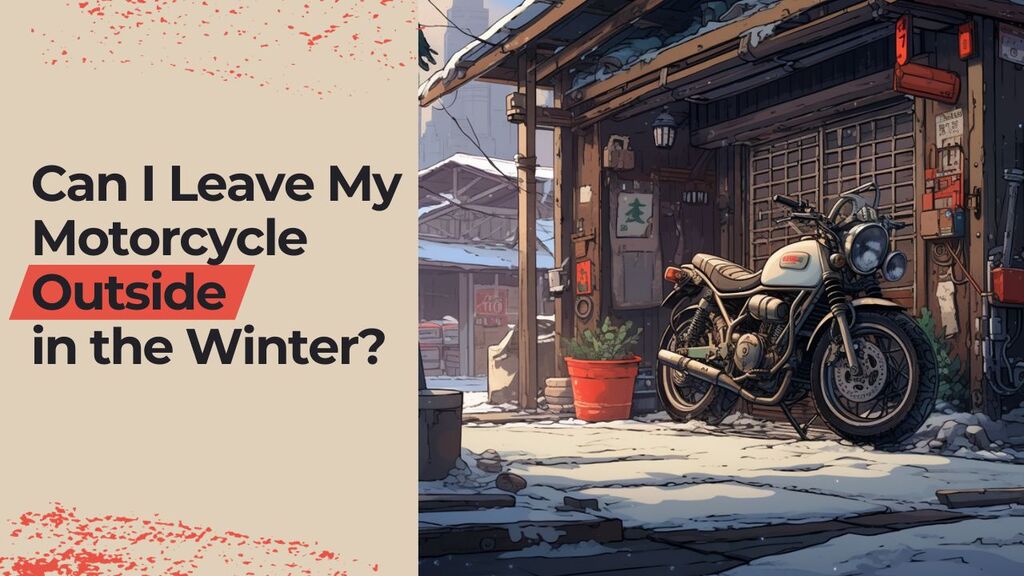

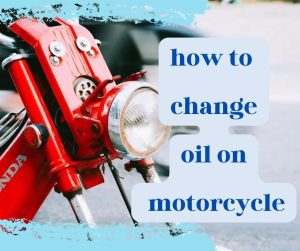
![Read more about the article How to Store Motorcycle for Winter [and Mistakes to Avoid]](https://www.motozmo.com/wp-content/uploads/2023/11/winter-motorcycle-storage-300x169.jpg)